Osteoporosis is one of the most common bone conditions worldwide. This health condition that makes your bones fragile and weak, affects approximately 75 million people in Europe, the United States, and Japan.
According to the International Osteoporosis Foundation, osteoporosis causes more than 8.9 million fractures annually, resulting in an osteoporotic fracture every 3 seconds.
We are sure there are things you can try between your 20s and 30s to help ensure your bones stay healthy and flexible until you’re 60. Just make sure you are aware of all existing conditions and medications and consult your doctor in advance.
And be sure to read the end of the article. We have prepared an important bonus for you!
How To Maintain Good Bone Health
1. Make Sure You Get Enough Calcium
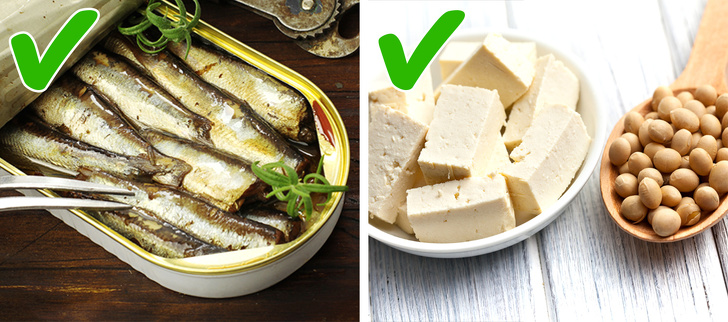
If you ask a random person how to protect their bones, they will probably mention calcium in their answer. Our bones contain 99.5% of the total calcium in our body; therefore, to keep osteoporosis at bay, the first thing you should do is make sure you are getting enough of this nutrient.
Recommendation: According to the National Osteoporosis Foundation (NOF), the amount of calcium needed (both from food and supplements) depends on your sex and age.
- Women: 50 years or younger need 1,000 mg per day, 51 years or older need 1,200 mg per day.
- Men: 70 years or younger need 1,000 mg a day, 71 years or older need 1,200 mg a day.
Calcium sources: sardines and canned salmon, soy and tofu, almonds, cheese, milk, spinach, and orange juice.
2. Don’t Forget About Vitamin D
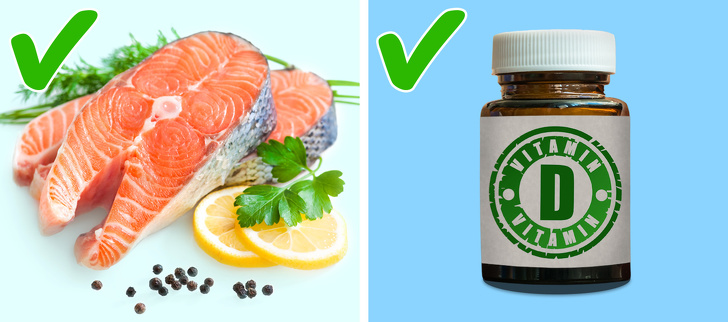
Vitamin D is one of the most important micronutrients in our bodies. Also called the sun vitamin, because it is produced in your body when it is exposed to sunlight. Vitamin D is involved in various processes, including brain function. It is also essential for healthy bones and teeth, simply because it helps absorb calcium.
Recommendation: The National Institutes of Health (NIH) recommends 600 IU (15 mcg) a day for men and women ages 1 to 70, including periods of pregnancy and lactation, and 800 IU (20 mcg) for the elderly.
Vitamin D sources: fatty fish such as tuna and salmon, dairy products, cereals, beef liver, cheese, and eggs.
3. Keep Your Normal Weight
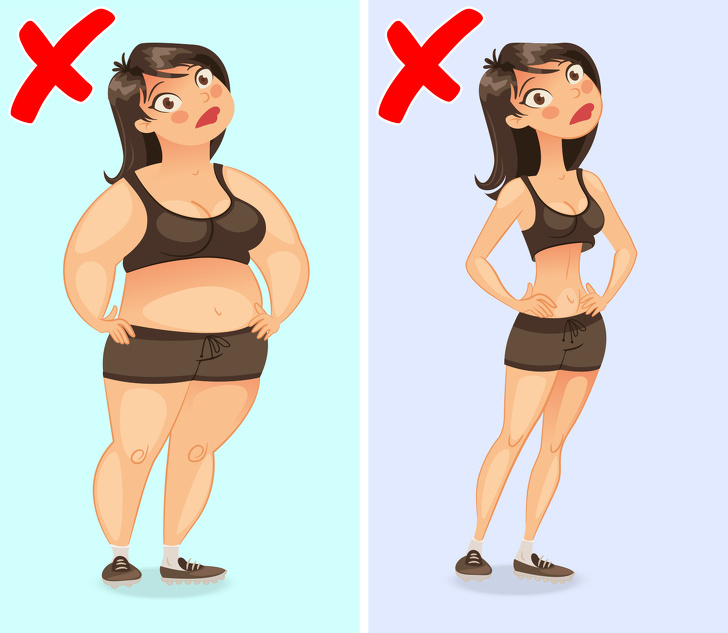
A strict diet can help you lose a few extra pounds, but it is not a healthy way to deal with them and, most importantly, weight loss, especially during the post-menopausal period, puts your bones at risk of low bone mass and increased bone loss. On the other hand, obesity is also a risk factor that contributes to breaks and bone fractures.
Recommendation: the best option here is to maintain your regular weight. Never eat an intensive or low-calorie diet and try not to get too fat, especially in short periods of time. Embrace a healthy lifestyle and opt for a balanced diet, keeping you physically active.
4. Exercise Your Bones

After age 30, our body gradually begins to lose its bone mass. To help your bones stay healthy as long as possible, you need to keep them in shape with physical activity, because our bones need to exercise just like our muscles.
Recommendation: The National Institute of Arthritis and Musculoskeletal and Skin Diseases recommends types of weight exercises, such as weight training, brisk walking, running, and even dancing. Consult your doctor before starting any program and remember to listen to your body.
5. Stop Smoking
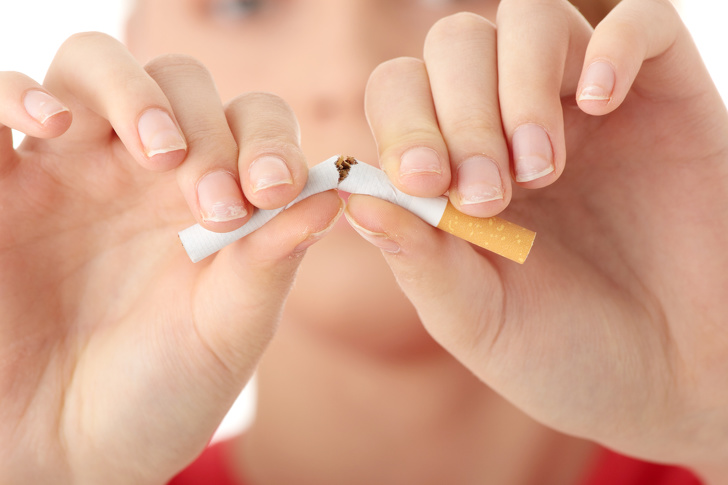
Recent studies show that nicotine has a direct negative impact on bone density. Additionally, cigarette smoking delays skeletal healing by up to 60% after a fracture or break.
If you are a smoker, the first (and best) thing to do is to try to quit smoking. Keeping bones healthy and strong is a great motivation to do it, right?
Recommendation: If you can’t do it right away (and some studies suggest you shouldn’t), start by reducing the amount of nicotine you get every day until you feel like quitting altogether. Not only will your bones thank you, but your whole body will benefit from it.
6. Your Bones Need Omega-3s

In combination with moderate physical activity, omega-3 fatty acids have a significant effect on bone mineral density. They increase the production of bone-forming cells called osteoblasts. Additionally, polyunsaturated fatty acids can help reduce joint pain caused by osteoporosis and rheumatoid arthritis.
Recommendation: According to the National Institute of Health, an average adult (18 years or older) needs 1.6 g (man) and 1.1 g (woman) of omega-3 per day.
Omega-3 sources: fatty fish, such as mackerel, shellfish, nuts, chia seeds, etc.
7. Get Enough Protein

Numerous studies have shown that protein intake is directly associated with a higher bone density index. In fact, calcium and protein work together to maintain bone health.
Recommendation: According to Harvard Health, the RDA for protein is 0.8 grams per kilogram of body weight. But before starting a protein-rich diet, consult your doctor, as there is too much calcium, which can lead to serious health problems.
Protein sources: seafood, poultry, milk, cheese, eggs, beans, etc.
8. Limit Your Salt Intake
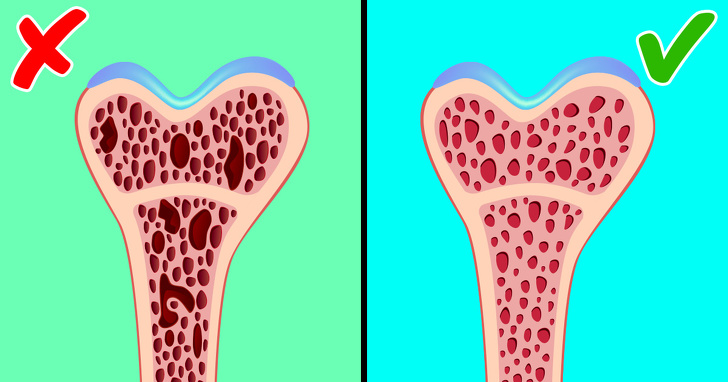
Japanese scientists say that excessive sodium intake jeopardizes bone health. Most of us get sodium from common salt, which is bad because salt causes a loss of calcium that can lead to weak, brittle bones. Therefore, to avoid osteoporosis, try to reconsider your diet and your particular sodium intake.
Recommendation: The American Heart Association recommends no more than 2,300 mg per day and an ideal limit of no more than 1,500 mg per day for most adults.
Bonus
Now that you know how to help your body keep your bones stronger for longer, we thought it would be helpful to know that there are some factors that put you at greater risk and that unfortunately, you cannot do anything about it.
Sex: Studies show that women (over 50 years old) have a rate of osteoporosis 4 times higher than men of the same age.
Age: we begin to lose bone mass after turning 30. Although it is a continuous process that takes time, it is probably the best time to finally adopt a healthy lifestyle and realize the importance of the regular physical activity.
Family history: Unfortunately, if either of your parents has been diagnosed with osteoporosis, it means that you also have a genetic disposition to contract the disease.
Ethnicity: Asian and Caucasian women have a higher risk of developing osteoporosis than women of other ethnicities.
If you’re in one of these risk groups, it’s better to take bone health even more seriously!
Don’t delay your health and even if you are over 20 years old start taking care of your bones today! Share this article with your friends who are serious about bone health.


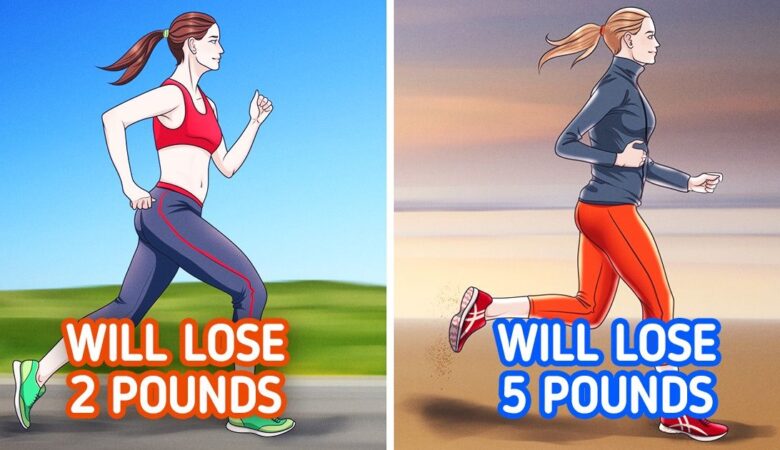
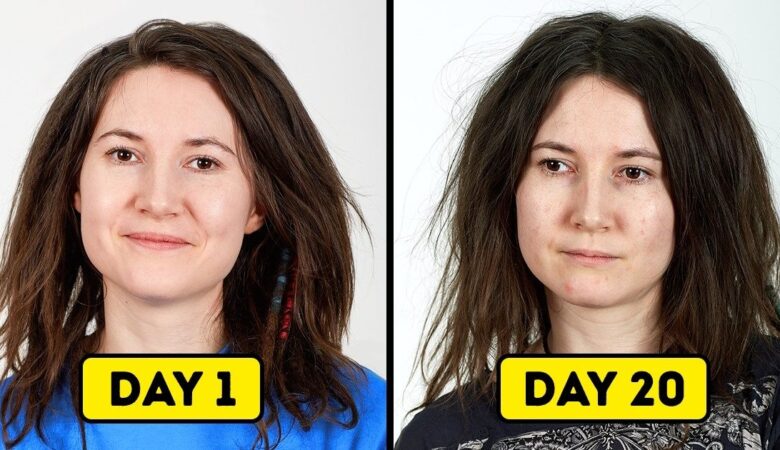
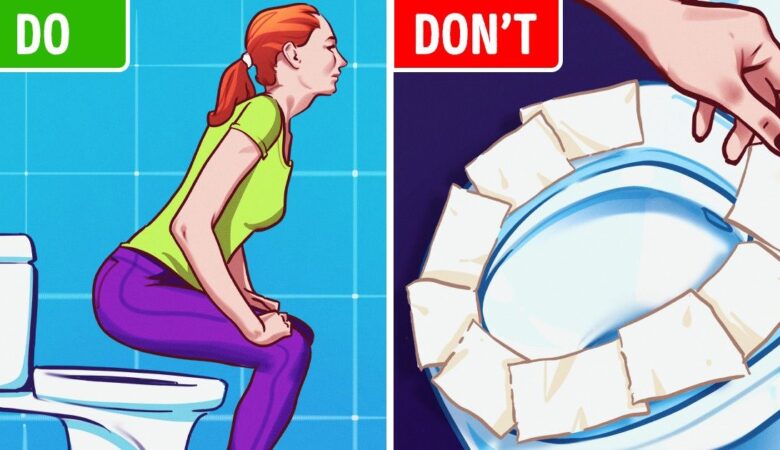



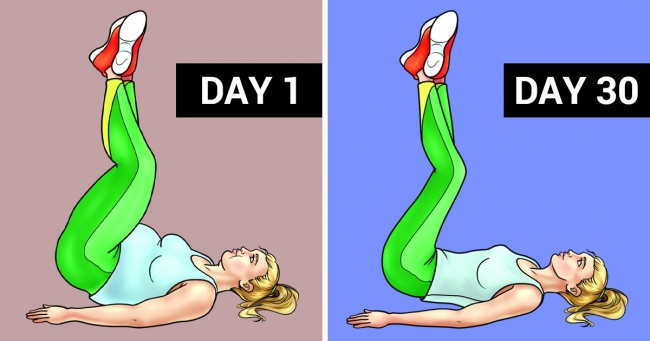
Leave a Reply